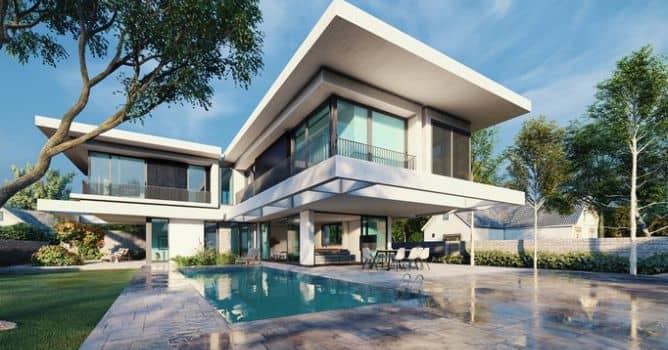

I planned to let the computers render overnight, but apparently one of them decided to reboot due to an update, and the whole network decided to stop rendering on rendering #3. 10 renderings in less than 24 hours (render time). I used 12 computers to render on an insane deadline. A compatibility between materials description would be appreciate here !Īs I mentioned above, I expected to use Maxwell for my latest interior job, and I did. It is a problem when there are some changes on the model. Our main concern is that we have to produce a copy of each material (and two copies of the same project, one named with suffix M, the other with suffix V). Also, It is easy to share the files as VRay has a bigger user base than Maxwell. We use the standard settings for exterior scene and it is very quick. Clients are happy because they have a good feeling of what the project could be. We use it as a conceptual tool and try a lot of material arrangement. Vray is great for speed and early project' views. Also, the material editor is great as you can start with preset material and change the texture or some settings easily. We just carefully set the light parameters into Fire, to be sure that the project is well lit. With a good HDR light, we dont need a lot of test and the result is always good enough at the first time. Even if Maxwell require a long time to compute one image, we win time for several images, without the need to be in front of the workstation. So, we launch calculations during the night and, in the morning, we have all the views that we need. We are happy with that workflow:įor final results we use Maxwell because we are able to compute many different views with different lights at the same time. We are using both rendering apps for architectural projects integrated on the same Fz license. If you would like to see examples of images we have produced in V-ray check the forum here. I have not opened Maxwell in over a year now and I probably never will again.Īll of our clients needs are different so this is just my two cents worth from my position. To summarize how I feel lets just say that I used Maxwell exclusively for 4 years and then when they released V-ray I did a mix for a year until things settled down.

The material editor is pretty straight forward, lighting is fairly easy to learn, the render settings are pretty obvious, the end results are quite realistic and I can produce top quality renders in minutes rather than hours. What my clients are most concerned about is Budget, realism, and speed. I think if I was doing product design I might use Maxwell more.

I do architecture which is often viewed at a distance so super tight control over things like caustics and hyper realistic materials are not an issue. For what its worth I think you need to assess your clients needs and expectations in order to choose what is right for you. Hopefully they will be greatly improved in the next release. Lighting takes a little to get used to but we are all working on that along with the material editor. The quality is far beyond Renderzone and the material options are much better. It is a hundred times faster than Renderzone and a thousand times faster than Maxwell. As far as quality and performance is concerned there really is no equal. I have even crashed photoshop on occasion. So if you do buy this just understand that there will be some quirks but that is probably true of most any program. Now for V-ray: First it must be noted that it is still a work in progress but over the last year they have made tremendous gains.
.jpg)
I spent over $7k on my computer and still found that I had to spend thousands more every year on render farms to get an image in any realistic time frame. Think hours instead of minutes and days instead of hours. The obvious downside to Maxwell is that it is painfully slow. The other advantage to Maxwell is that their lights seem to be more predictable with realistic settings and their emitters work much better. I am also a big fan of Maxwell's multilight function and its ability to change lighting scenes post process instantly. It is also less buggy but that will change as Form.z addresses some of the current quirks in their Vray integration. I also prefer their material editor since it has more flexibility and greater options. In overall look and quality I actually think that Maxwell has a slight advantage. At the risk of repeating myself here goes: If you look under that forum you will find a few of my posts pertaining to this subject. This topic should probably be under the Vray for Form.z category but regardless I am probably the one to answer your question.


 0 kommentar(er)
0 kommentar(er)
